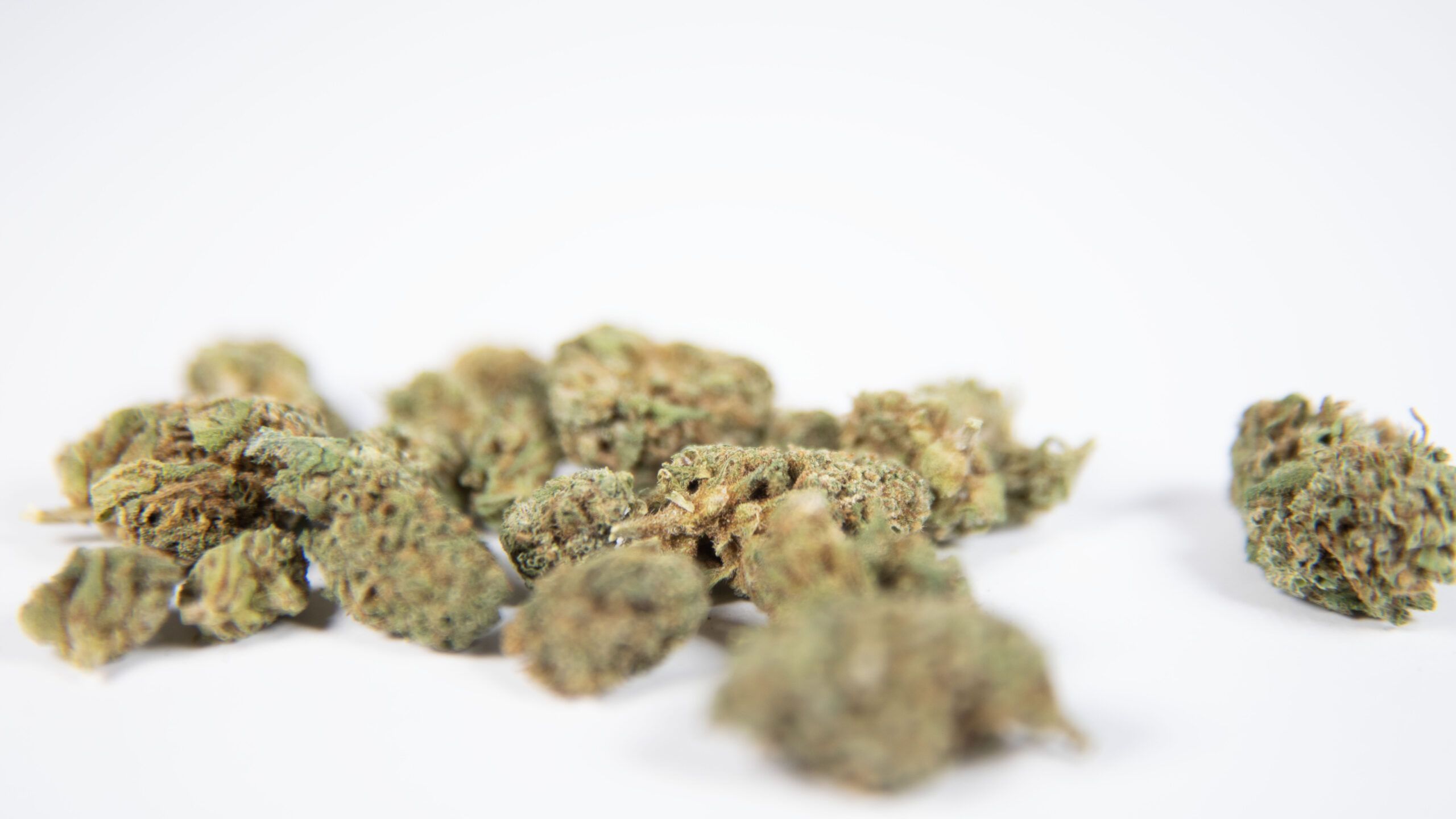As cannabis delivery becomes a preferred method for consumers across legal markets, many customers are met with delivery fees or minimum purchase requirements when placing orders. While these policies can occasionally feel inconvenient, they are not arbitrary. Delivery fees and minimum order thresholds serve critical purposes for dispensaries, drivers, and customers alike, ensuring both financial viability and regulatory compliance within a tightly regulated industry.
The Economics of Cannabis Delivery
At the core of delivery fees and order minimums is the cost of operations. Unlike food delivery apps or e-commerce platforms that can piggyback off an existing infrastructure, cannabis deliveries involve higher upfront and ongoing costs. Dispensaries must invest in secure transportation, trained and background-checked drivers, GPS-enabled tracking systems, and compliance software that aligns with state regulations.
According to a report from MJBizDaily, cannabis delivery can cost dispensaries anywhere from $20 to $40 per order when accounting for driver wages, vehicle maintenance, insurance, packaging, and administrative overhead. Without a delivery fee or order minimum, these costs could quickly outweigh the profit from small or low-ticket orders, especially if those orders are located far from the dispatching dispensary.
To remain financially sustainable, many dispensaries implement:
- Flat delivery fees (e.g., $5–$10 per order)
- Distance-based pricing models
- Minimum order requirements (e.g., $35–$75 depending on location)
These thresholds help ensure that the cost to deliver is covered and that delivery drivers can make efficient use of their time.
Regulatory Requirements Vary by State
Another reason delivery fees and minimums exist is to comply with state-mandated operating guidelines. In some jurisdictions, cannabis delivery operations are required to use armored or GPS-tracked vehicles, maintain detailed manifests, or employ dual-driver systems for safety—each of which adds to the cost of service.
For example:
- California regulations under the Department of Cannabis Control (DCC) permit retailers to deliver but require drivers to remain within pre-approved delivery zones and maintain logs of their inventory during transport.
- Massachusetts law mandates that delivery operators use body cameras and GPS tracking while storing cannabis in locked, tamper-proof containers.
- In Florida, only medical cannabis is legal, and all deliveries must come from state-approved Medical Marijuana Treatment Centers (MMTCs), which must manage delivery logistics in compliance with Florida Department of Health guidelines.
These complex regulatory requirements increase overhead, which often justifies the need for added fees.
Logistics and Staffing Efficiency
Minimum order sizes also help dispensaries and delivery services consolidate their logistics. Sending a driver across town to deliver a single pre-roll is not a sustainable model. By encouraging larger orders through a minimum threshold, operators can better plan delivery routes, limit the number of trips, and maintain customer satisfaction without sacrificing profitability.
Additionally, as cannabis delivery demand increases, especially during peak hours or promotions, order minimums can help manage inventory and staff more efficiently. This avoids delayed deliveries and ensures that every dispatched order makes business sense.
Consumer Trade-Offs and Transparency
While some consumers may hesitate at delivery fees or order minimums, many appreciate the convenience, safety, and discretion cannabis delivery offers. To ease concerns, several dispensaries now offer:
- Free delivery over a certain order amount
- Subscription-based “VIP” delivery memberships
- Bundled discounts that offset fees
Customers are encouraged to look for transparent pricing and clear policies when choosing a cannabis delivery service. Dispensaries that communicate the why behind their pricing often gain more trust and repeat business.
Final Thoughts
Delivery fees and minimums are not just revenue strategies—they’re operational necessities in a highly regulated, resource-intensive industry. As cannabis delivery continues to expand across the U.S., understanding the rationale behind these fees helps consumers make more informed choices while supporting the sustainable growth of legal cannabis.

